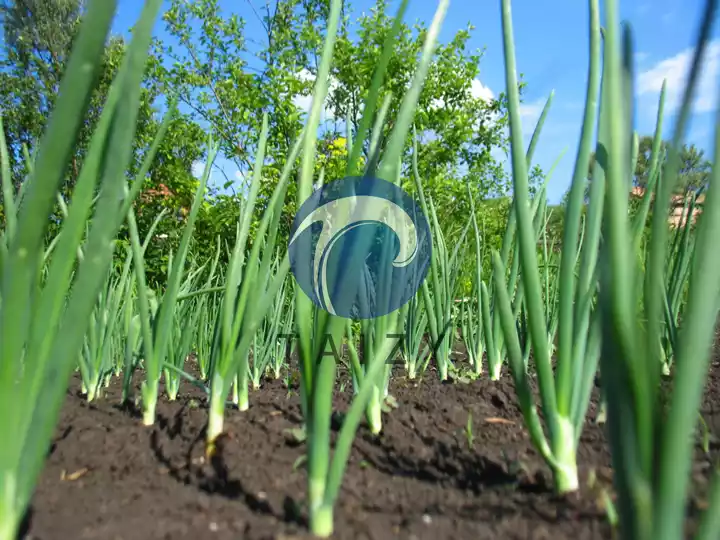Why Do We Transplant Onion Seedlings?
Transplanting young onion seedlings is a smart agricultural technique that can greatly enhance both the yield and quality of onions. In this discussion, we delve into the fundamentals of this approach and offer a practical solution for vegetable seedling transplanters.
Optimizing yields and reducing disease risk
Growing onions from bulbs often leads to lower yields due to a higher risk of plant diseases. These diseases can diminish yields and impact farmers’ livelihoods.
On the other hand, transplanting onion seedlings directly into the field helps tackle these issues. This method can lower the chances of disease spread and enhance onion yields, resulting in improved crop performance and increased profits.
Specific requirements for onion seedlings
For successful onion production, it’s crucial to transplant seedlings at the appropriate stage and size. Ideally, onion seedlings should be no longer than 36 cm. After harvesting, farmers can trim the tops and retain the bottom 10-15 cm for replanting.

The right timing for transplanting, typically between 35 and 45 days after sowing, is essential to ensure that the seedlings are not too young or overly mature. Seedlings the size of peanuts (as illustrated in Stages 1 and 2) are perfect for transplanting, while those that are overripe (Stages 3 and 4) may lead to smaller bulbs and could cause delays or even prevent bulb formation altogether.
Planting with a seedling transplanter
Improved transplanting efficiency
To streamline the transplanting process and enhance efficiency, farmers can choose tractor-driven onion seedling transplanters. These machines are specifically designed to work effectively with tractor power take-offs (PTOs), significantly cutting down on the labor and time needed for manual transplanting.
Choosing the right model
The choice of transplanter model is influenced by the tractor’s horsepower:
- For tractors under 50 hp: Farmers can opt for either a 4-row or 6-row model.
- For tractors between 50-80 hp: 6-row models are suitable for this power range.
- For tractors over 100 hp: 8-row models provide the best efficiency for more powerful machines.
Using these tractor-driven transplanters allows farmers to achieve precise and consistent planting of onion seedlings, which can enhance both the quality and quantity of onion production. This mechanized method not only boosts productivity but also aligns with modern agricultural practices, supporting the sustainability and profitability of onion farming.
